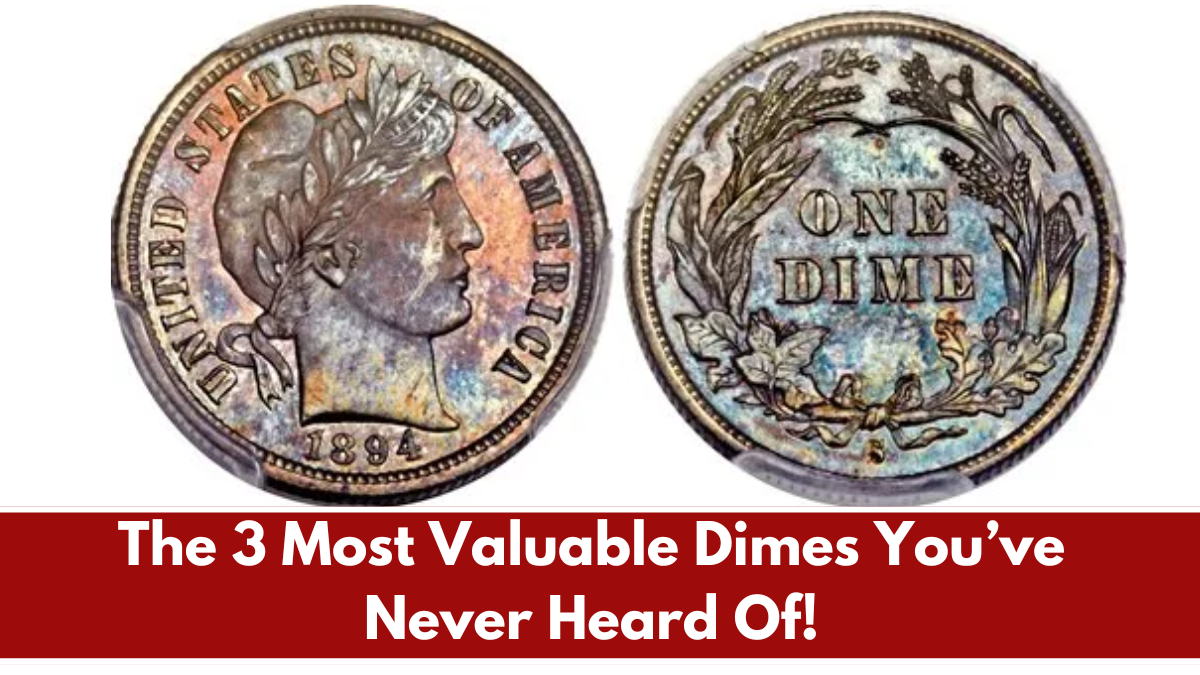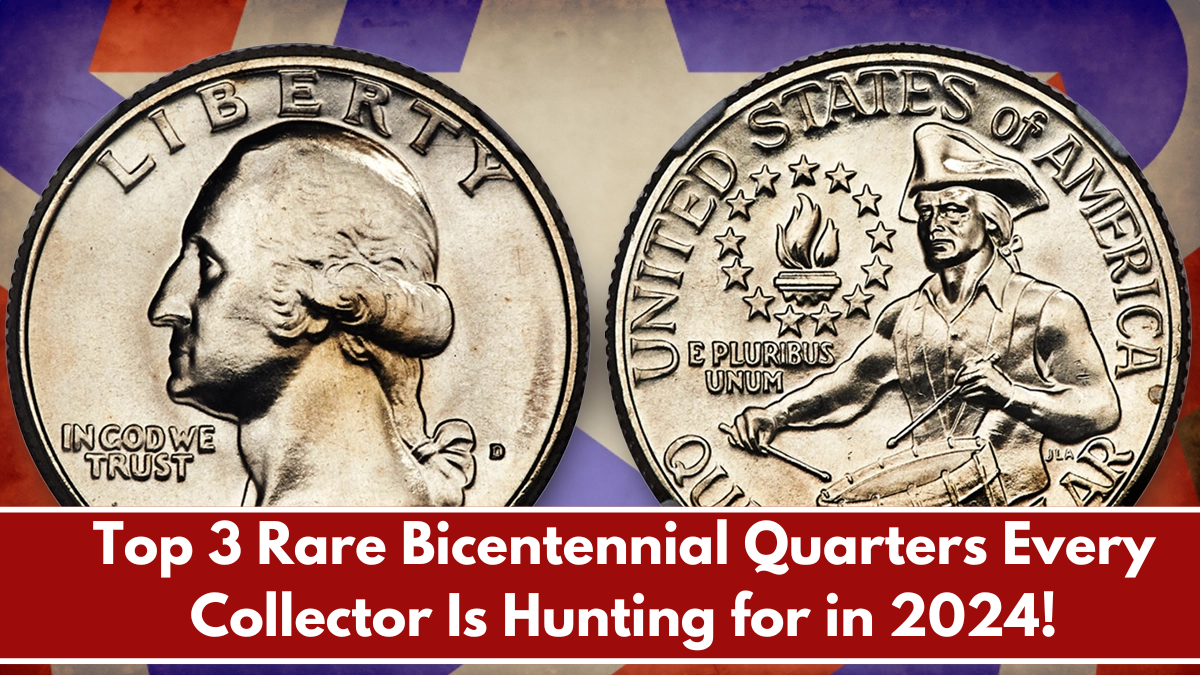The world of coin collecting has always been a fascinating realm where history, art, and economics converge. In recent years, rare dimes and Bicentennial quarters have emerged as some of the hottest commodities in the numismatic market. These iconic coins, once merely a part of everyday currency, are now being sought after by collectors and investors alike, driving their prices to new heights. In this article, we’ll explore how rare dimes and Bicentennial quarters are gaining attention and transforming the landscape of the coin market.
1. 1894-S Barber Dime
The 1894-S Barber dime is one of the most famous and rare dimes in U.S. history. With only 24 coins ever minted, the 1894-S Barber dime has become a highly coveted piece for serious collectors. Its rarity and historical significance have driven its value through the roof, with auction prices reaching up to $1 million for the highest-quality specimens.
2. 1916-D Mercury Dime
Another standout in the world of rare dimes is the 1916-D Mercury dime. Produced in limited quantities (only 264,000 were minted), the 1916-D is the rarest coin in the Mercury dime series. This dime has consistently outperformed other collectibles at auction, with prices for high-grade coins climbing into the thousands of dollars. Investors and collectors are eager to add this coin to their collections, further pushing its value upward and making it a key player in the coin market.
3. 1976-D Bicentennial Quarter (Missing Mintmark)
While most Bicentennial quarters are common, the 1976-D Bicentennial Quarter with a missing mintmark has become a highly sought-after rarity. This minting error, where the “D” mintmark from the Denver Mint was inadvertently omitted, has transformed an ordinary commemorative quarter into a rare collectible. As awareness of this error has spread, auction prices have soared, with well-preserved examples fetching up to $100,000.
4. 1976-S Proof Bicentennial Quarter (Overstrike Error)
The 1976-S Proof Bicentennial Quarter, featuring an overstrike error, is another rare coin that is changing the game. The overstrike error, where the coin was struck with a die meant for another year, has made this quarter a prized possession for collectors. These quarters can fetch tens of thousands of dollars at auction, and their rarity is only increasing as more collectors seek out unique and error-filled coins.
Rare dimes and Bicentennial quarters are taking the coin market by storm. With historical significance, unique features, and increasing demand, coins like the 1894-S Barber dime, the 1916-D Mercury dime, and the 1976-D Bicentennial quarter (Missing Mintmark) are driving auction prices higher and reshaping the world of numismatics. Whether for their rarity or unique errors, these coins represent some of the most valuable investments in the market today.
FAQ’s:
1. What makes rare dimes like the 1894-S Barber dime valuable?
The 1894-S Barber dime is valuable due to its extreme rarity—only 24 were minted—and its historical significance, making it one of the most sought-after coins in U.S. numismatics.
2. How can I identify a 1976-D Bicentennial quarter with a missing mintmark?
The 1976-D Bicentennial quarter with a missing mintmark can be identified by checking the reverse side of the coin for the absence of the “D” mintmark. This error coin is highly valuable to collectors.
3. Why is the 1916-D Mercury dime considered rare?
The 1916-D Mercury dime is rare because only 264,000 were minted, making it the rarest coin in the Mercury dime series. Its low mintage and high demand from collectors contribute to its value.
4. What is an overstrike error on a 1976-S Bicentennial quarter?
An overstrike error occurs when a coin is struck with the wrong die, resulting in a coin with overlapping designs. The 1976-S Proof Bicentennial quarter with this error is highly valuable due to its rarity.
5. How can I sell my rare dimes and Bicentennial quarters?
Rare dimes and Bicentennial quarters can be sold through coin dealers, at auctions, or through online numismatic marketplaces. It’s important to have the coin appraised to determine its market value before selling.













